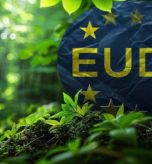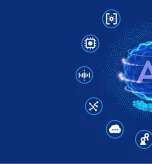There are probably AIs living around you right now, whether in a smartphone, a smart home device, a TV, a computer, or an internet browser. We live alongside AIs – they’ve become completely integrated into our day-to-day lives.
You could argue that we’ve become so used to AI that it’s lost it’s “wow!” factor to some degree, but many of the following AI experiments are indicative of how sophisticated AI and machine learning is today. Hopefully, some of these cool AIs will restore some of that inspiration!
From natural language processing to computer vision and audio recognition, these experiments showcase the latest and greatest in publicly accessible artificial intelligence experiments.
So, without further ado, here are some awesome AI experiments and games you can play at home or anywhere with an internet browser.
1: Talk To Books
This interesting AI model from Google ai experiments was trained on some 1 billion lines of dialogue. First released in 2018, it remains an excellent example of how far natural language processing (NLP) has come.
Talk To Books takes user questions and generates answers from a database of some 100,000 books. It responds well to abstract questions like “what do I do next?” and “where shall I go?” and also to specific questions like “what are some hiking trails in Asia?” It’s an interesting way to search without using a search engine – almost like an NLP-powered multi-book encyclopedia.
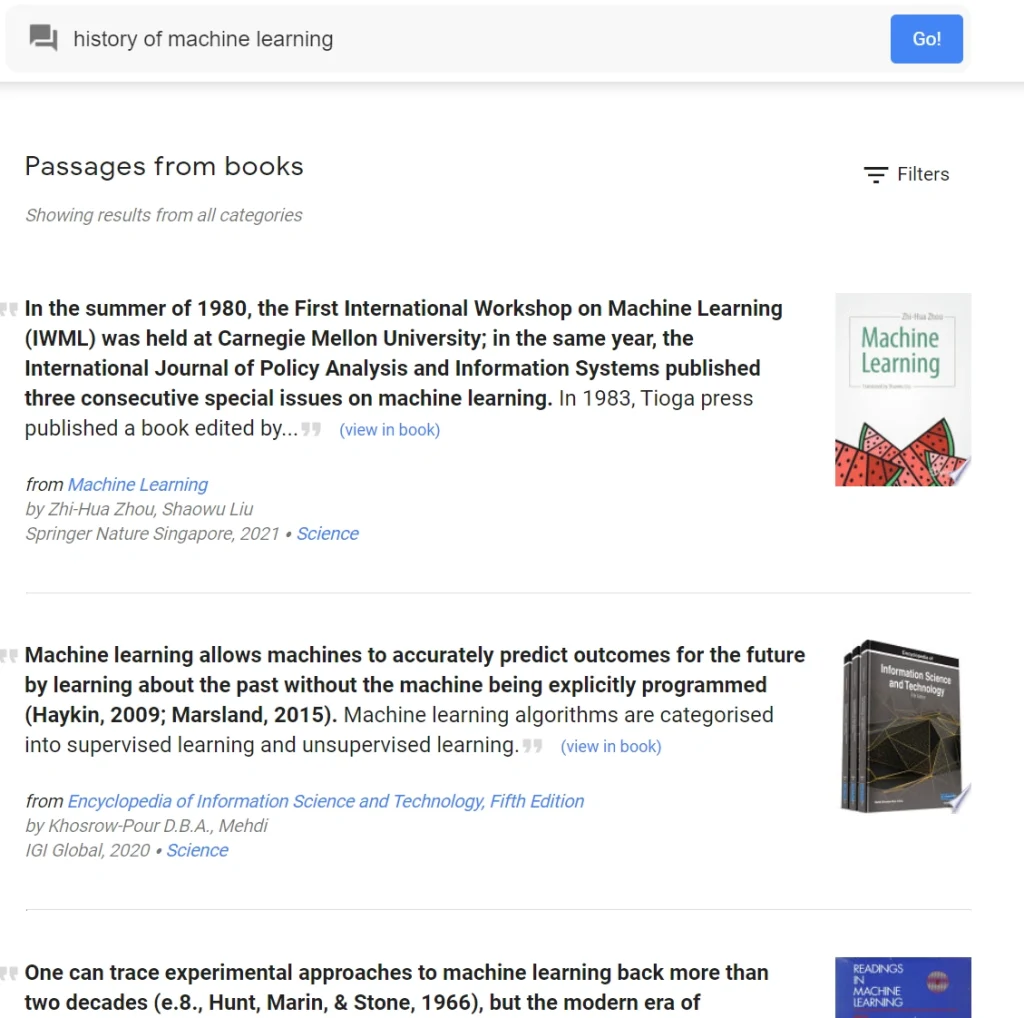
2: Midjourney
Midjourney is one of a host of text-to-image models built on neural network architecture. The art and images you can create with Midjourney and mind-blowing, and the way it handles complex prompts is almost otherworldly.
The AI has caused a stir in the art world as many artists have begun creating images with the tool, inciting a debate about the skill and personal input involved in AI art. One piece even won an art prize.
Here’s how to use Midjourney:
- Head into the Midjourney Discord – sign up if you need an account.
- Go into one of the newbie channels
- Type /imagine and enter your text here
- Wait for the image to generate
- You can also upscale your image to a higher resolution


3: DALL-E and Craiyon
OpenAI have been building sophisticated and novel AIs for a few years now, and many are available for public use. DALL-E no longer has a waiting list; you can sign up here.
You can also access DALL-E Mini (now called Craiyon) here. Craiyon is fast and accessible, and it comes up with some fascinating responses to virtually anything, including totally made-up words.
In fact, it became a talking point recently when people speculated whether the AI was revealing ‘digital cryptids’ that humans didn’t know about, like Crungus. Read more about that here.
4: Quick, Draw!
Made in collaboration with researchers from Google, this is essentially an AI version of Pictionary.

5: GPT-3
Open AI’s language mode, GPT-3, has emerged as one of the best in its class and is capable of writing and producing human-like text. You can type virtually any prompt into GPT-3, and it’s so good at replicating the human nuances of language that it has top AI researchers scratching their heads about AI sentience. You can play with GPT-3 in the playground here, where you’ll get a free trial.
There are near-limitless examples of GPT-3’s insane language abilities, including its responses to highly specific prompts, such as the following highlighted in bold:

6: AI Duet
AI hasn’t quite mastered music like language and art, but AI Duet by Think With Google is an excellent example of how AI can respond to musical inputs.
Here, you simply play a tune on the piano, and the AI will ‘duet’ with you. It’s a little hit or miss, especially if you don’t know how to play piano, but the responses can be very playful if you hit the right notes.

7: Pix2Pix
Released in 2017, this is a reasonably early example of image recognition. While this technology has been vastly improved, Pix2Pix is still a highly accomplished image-to-image model.
There are four experiments here:
- Edge2cats
- Facades
- Edges2shoes
- Edges2handbags
Each one creates an image from your input. For example, for Edges2cats, the AI will turn a simple drawing into a cat-like form.
8: Infinite Drum Machine
Yet another cool AI experiment from Think With Google. This time, it’s a model that uses t-Distributed Stochastic Neighbor Embedding (t-SNE) to organize a vast number of audio samples which you can select and automate on a beat grid.
The result? A drum beat made from random sounds like a human cough, lion, bucket, and sword.
Simply slide your markers around the map and change the beat on the grid below.

9: Semantris
Google again, this time with a semantic machine learning word association game. Every time you provide the model with a clue, the model assesses words for the most related words. It’s exceptionally good at linking new words to related words, which is foundational for natural language processing.
The game is well-made and highly addictive too!
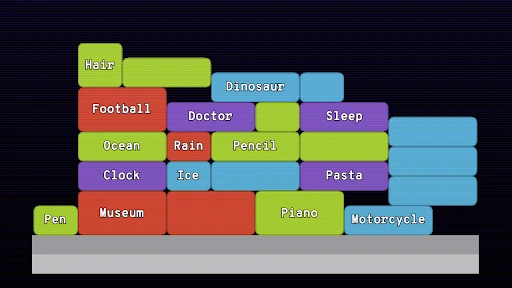
10: Even Stranger
This AI turns images you upload into a Stranger Things poster while also trying to guess what it is.
Here’s what it produces when we upload the “sleeping bear in a cloud” image output from Midjourney:Not quite right – but it looks cool!

11: This Person Does Not Exist
A simple experiment that is exceptionally strange. This Person Does Not Exist generates photorealistic images of people – that do not exist.
The model uses NVIDIA’s GAN network by initially generating a face, then ensuring the face looks photorealistic.
Outputs can be anyone of seemingly any age, ethnicity, or anything else. Simply refresh the website to receive a new image.

12: Auto Draw
Another incredible experiment by Google in collaboration with many artists and designers, Auto Draw takes your doodles and drawings and turns them into perfect line drawings.
It uses your inputs to generate a long list of suggestions at the top. It’s actually very useful for drawing line graphics. It uses the same machine learning tech as Quick, Draw!
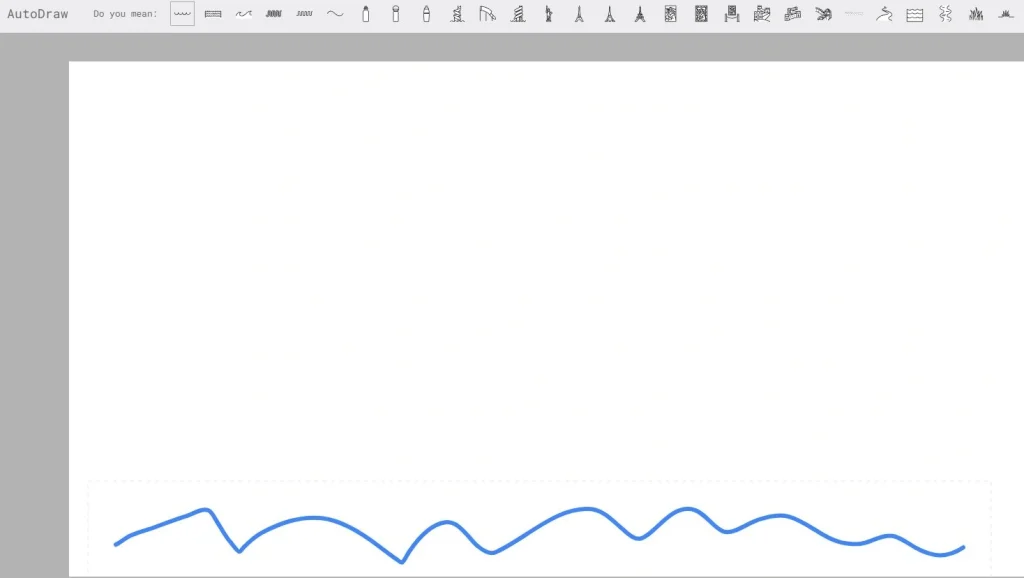
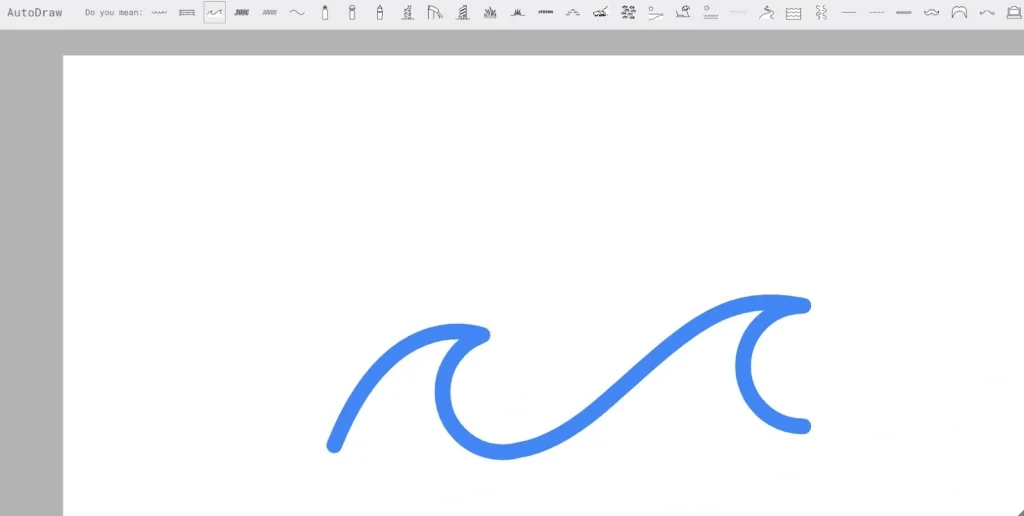
13: Thing Translator
Google once more, this time with an interesting model that uses photos of ‘things’ (i.e., inanimate objects) and tells you how to say them in other languages.
It’s simple but effective and advertises Google’s machine learning and Cloud Vision APIs.

14: Evolution by Keiwan
Evolution is an AI game where you draw joints, bones, and muscles and then animate your creature. You can evolve the creature and see how it moves (or doesn’t, if your creature isn’t up to scratch!).
15: Other Experiments by Google
Google has a huge range of other experiments listed here.
There are so many superb examples of how AI can be deployed in both highly important cutting-edge scenarios and experimental scenarios that are novel, fun, and entertaining.
AI is highly technical, but it’s also interactive. Many of these experiments blend AI with other subjects like art and music to show how AI can interact with virtually anything.
Summary: AI Experiments That You Can Try at Home
Dig into this list if you’re looking to mess around with some AI games and other curiosities!
There are many examples of awesome and fun AIs that demonstrate the flexibility of the technologies, but advanced models like GPT-3, DALL-E, and Midjourney take things to the next level.
AI is not only solving real and practical problems – it’s also evolving the arts, philosophy, and numerous other disciplines inside and outside of science.



